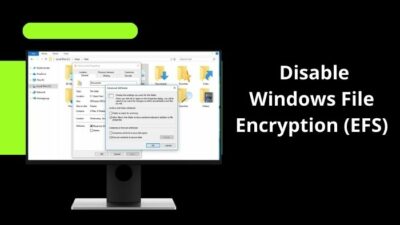It can be confusing if you come across the SVM mode in your BIOS settings.
Well, no worries.
In this post, I’m going to break it down for you.
I’ll describe everything about the SVM mode, how to enable it, and the risks involved.
So, what is SVM mode?
Keep reading, As I’m going to teach you everything about the SVM mode.
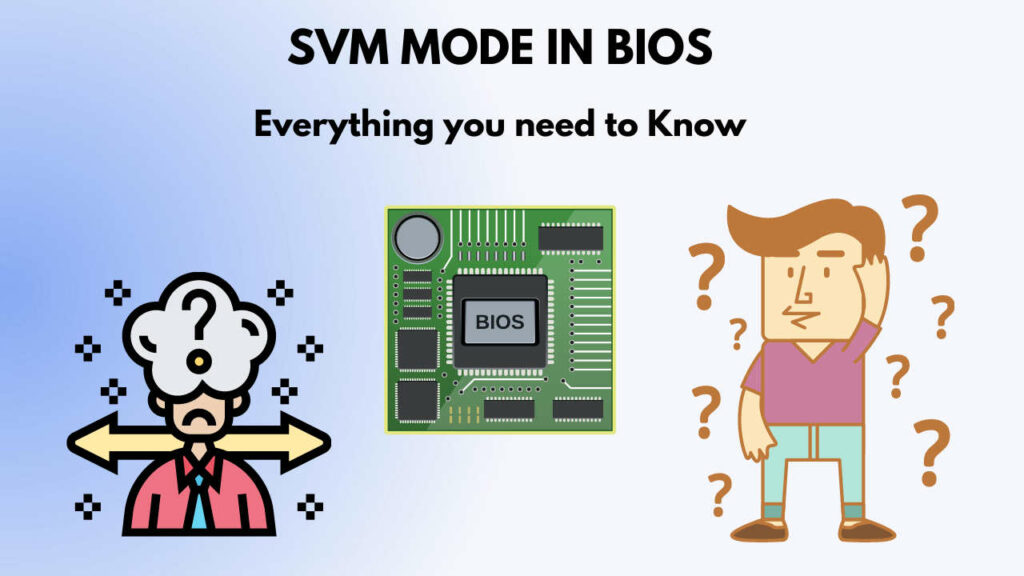
What Does SVM Mean In BIOS?
The acronym SVM stands for Secure Virtual Machine. A virtual machine is a virtual computer that you can host or run inside your actual computer. It enables your PC hardware to be split up and distributed among the multiple virtual machines you’re running.
So, for example, let’s say you want to run Windows 7 inside your Windows 10 PC. With the help of a virtual machine, you can do so.
Follow our guide to fix keyboard not working in BIOS.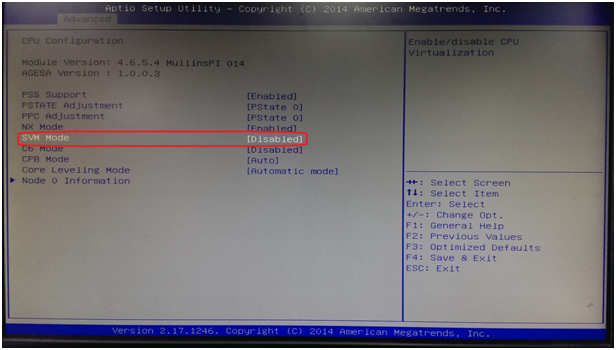
When you turn on your virtual machine, you’d see that the different hardware resources (CPU cores, RAM capacity, etc.) get divided between your Windows 10 host and Windows 7 virtual machine.
And most importantly,
Your Windows 7 virtual machine will act as if it’s an actual PC with separate hardware.
So, when you find the SVM mode in BIOS, turning it on will allow your PC to configure and run virtual machines.
Does SVM Affect Performance?
Since SVM mode is a feature to run virtual machines, it will only affect performance while running a virtual machine or emulators (like BlueStacks). So, unless you’re running those, your PC won’t get any performance hit.
That being said, if you’ve turned on the Hyper-V Windows Feature, your PC will run as a privileged guest whether you run any virtual machine or not.
In that scenario, your PC might get tiny performance hits. That’s a bug or rather an architectural flaw in the Hyper-V Windows Feature.
Check out our post on Can you Flash BIOS with CPU Installed?.
Where Is the SVM Mode In BIOS?
Depending on your motherboard manufacturer, SVM mode will be tucked away under different sub-menus. To find SVM mode in BIOS, go through the following steps:
For Asus motherboards:
- Power on your PC.
- Keep pressing the Del key until the BIOS comes up.
- Press F7 to go to Advanced Mode (ROG series motherboards can directly go to Advanced Mode without pressing F7).
- Go to Advanced CPU Configuration
- Find SVM mode
For MSI motherboards:
- Power on the PC.
- Keep pressing the Del key until the BIOS shows on the screen.
- Go to Advanced.
- Find SVM mode there.
Check out the easiest way to gateway BIOS updates.
For Gigabyte motherboards:
- Turn the PC on.
- Keep pressing the Del key continuously until you see the BIOS.
- Go to Advanced.
- Go to Advanced CPU Settings.
- Find SVM mode.
For Asrock motherboards:
- Turn the PC on.
- Press the Del key continuously until you see the BIOS menu.
- Go to Advanced.
- Go to CPU Configuration.
- Find SVM mode.
What Is AMD SVM Support?
AMD initiated its virtualization technology for the x86 architecture through the AMD SVM. Later it was renamed AMD-V (AMD Virtualization).
Remember, it’s just one of the many names used for virtualization technology.
Quickly Check what power supply do you have.
Is It Okay To Enable SVM?
As I said above, if you turn on SVM and have Hyper-V Windows Feature turned on, it might give you slight performance hits.
Hence, there’s no need to enable SVM unless you run virtualization tasks like virtual machines or emulators.
And even if you turn SVM on to run virtual machines, make sure you have enough hardware resources.
As I said earlier, a virtual machine acts as if it’s a separate computer. So it needs to have its own dedicated CPU, GPU cores, storage, and free RAM to work.
So, how to enable SVM in BIOS?
Here are the steps to enable SVM in BIOS:
- Open the BIOS Screen by pressing F2 during a quick reboot.
- Go to Advanced > CPU Configuration.
- Navigate to SVM Mode and Select the Enable Option.
- Press Save & Exit, and select Save Changes and Reset option.
Why Is SVM Disabled By Default?
SVM is disabled by default, mainly for security reasons.
If someone infects your PC with a malicious hypervisor, and the hypervisor manages its way to run under your primary OS, essentially, it gains substantial control of your PC.
So to make sure you indeed want to enable virtualization, you’ve to turn it on by going to BIOS deliberately. Check if pximouse tiltwheel exe is a virus or not.
What To Do If There Is No SVM Mode In BIOS Settings?
Virtualization is a hardware-based feature. If your hardware doesn’t support virtualization, you won’t have the SVM mode in BIOS.
There’s more.
Depending on your hardware, you’ll see the virtualization technology under different names such as:
- VT-x
- AMD-V
- SVM
- Intel VT-d
- AMD IOMMU
Hence, don’t lose hope if you can’t find SVM mode. Try looking for the above names in your BIOS.
How To Fix SVM Mode Black Screen
There are multiple approaches to the black screen, depending on your issue.
Here are the steps to fix SVM Black Screen Error:
1. Update Drivers
If you see a black screen right after enabling SVM mode, the culprit might be the old BIOS or chipset drivers.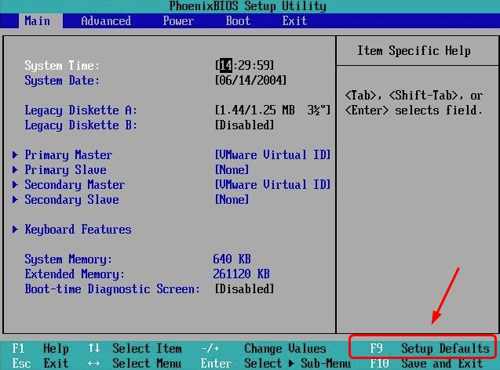
Try the following:
- Turn off SVM mode.
- Turn on the PC.
- Download and update BIOS and chipset drivers.
- Update your OS.
- Turn SVM mode on and try booting now.
2. Reinstall virtualization program
If you’re able to boot into the OS, but your virtualization program/software is crashing, the problem most probably is the software itself.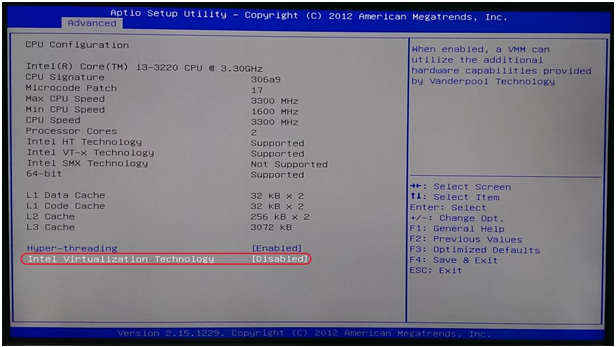
Follow the steps below:
- Uninstall your virtualization software.
- Make sure SVM mode is turned on.
- Do a fresh install of the virtualization software.
The takeaway in method 2 is to install the virtualization software after enabling SVM mode to install appropriately with all the correct permissions and features available to it.
If you’re using an AMD CPU with integrated graphics, the UMA (Unified Memory Architecture) settings might be the problem. It deals with memory (RAM) sharing between the PC and the GPU since the integrated graphics don’t have a graphics memory of their own.
Here are the steps to reconfigure shared memory:
- Go to BIOS.
- Go to the Advanced menu.
- Find the option UMA.
- Set it to auto.
- Save changes and reboot.
4. Reinstall Windows
If all methods fail, reinstalling Windows OS fresh is your only bet. A lot of users found out that reinstalling Windows solved their issues and enabled them to use virtualization. Don’t forget to take a backup of your files before you proceed.
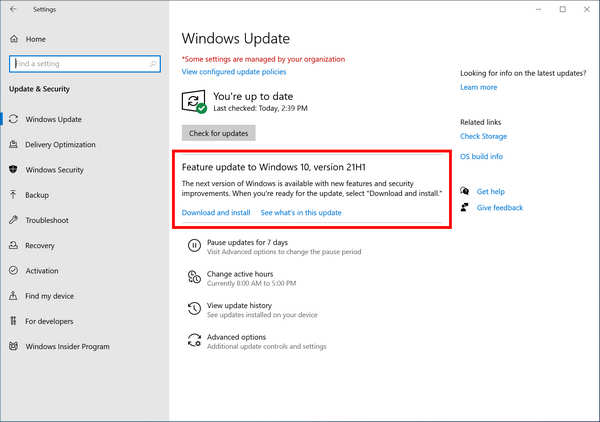
FAQ
Question: Is enabling virtualization safe?
Answer: There is a security risk involved in turning on virtualization, as it allows low-level access to other programs. So, enable it only if you’re using virtualization.
Question: Does virtualization slow down computers?
Answer: Virtualization splits hardware resources among the running virtual machines. So if you run one or more virtual machines, it’ll slow the computer down.
Question: Are virtual machines legal?
Answer: Yes, virtual machines are legal. They are mainly used to run and test multiple operating systems under single hardware. It’s also used to run emulators.
Final Thoughts
SVM mode is a great feature that allows you to run virtual machines. It opens up new functionalities for your PC.
You can run multiple operating systems, run different emulators, and whatnot.
However, you should use it with care. Otherwise, it might cause you trouble.




